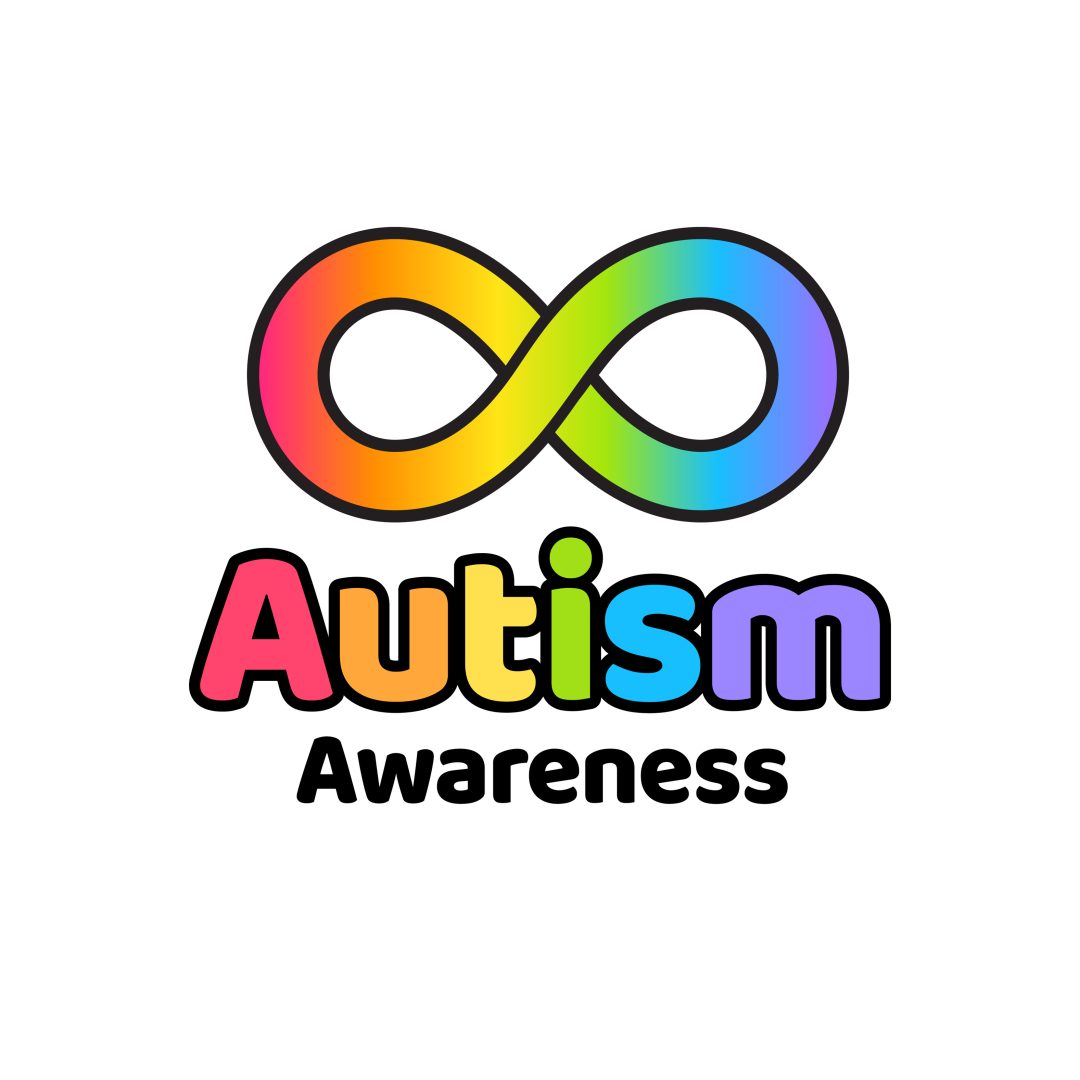
Autism awareness symbol, rainbow infinity sign and text. Autistic spectrum disorders and neurodiversity support.

Autism awareness symbol, rainbow infinity sign and text. Autistic spectrum disorders and neurodiversity support.

Autism awareness symbol, rainbow infinity sign and text. Autistic spectrum disorders and neurodiversity support.
Often patients need an official diagnosis of autism before they can get treatment.
The wait time to access a specialist who can diagnose a child with autism in the U.S. can be anywhere between two and 18 months, according to a rough estimate by Judith Miller, clinical training director in the Center for Autism Research at Children’s Hospital of Philadelphia.
That’s because, since the turn of the millennium, the prevalence rate of autism increased by 200%. And Miller pointed out that now, the number of children who need to be evaluated for the disorder is “incredibly high” compared to the number of professionals who have experience with it.
But long waitlists are an issue for patients since a formal diagnosis is key to accessing autism services.
“When autism was rare, a lot of systems were put in place to make sure that the person really had autism before you offered or provided really extensive or expensive interventions,” said Miller.
Despite autism becoming more common in the U.S., a lot of those older systems are still in place, according to Miller.
“We still have these requirements for specific types of documentation by a specific type of autism expert and that creates a huge bottleneck for services from Medicaid, from insurance, even from the state, and sometimes in special education,” Miller said.
As part of the effort to minimize wait times, Miller said the medical community needs to empower non-specialists to make autism diagnoses, particularly for children who have a “clear presentation” of the disorder.
“There are a lot of other conditions like ADHD and asthma and other things that are prevalent enough that we really teach a lot of people how to manage them and how to diagnose them, and that’s where we need to move for autism, I think,” she said.
But patients who have more subtle or complex presentations of autism, she added, would need a specialist’s evaluation to distinguish if they, in fact, have autism spectrum disorder or a different condition.
The days of journalism’s one-way street of simply producing stories for the public have long been over. Now, it’s time to find better ways to interact with you and ensure we meet your high standards of what a credible media organization should be.